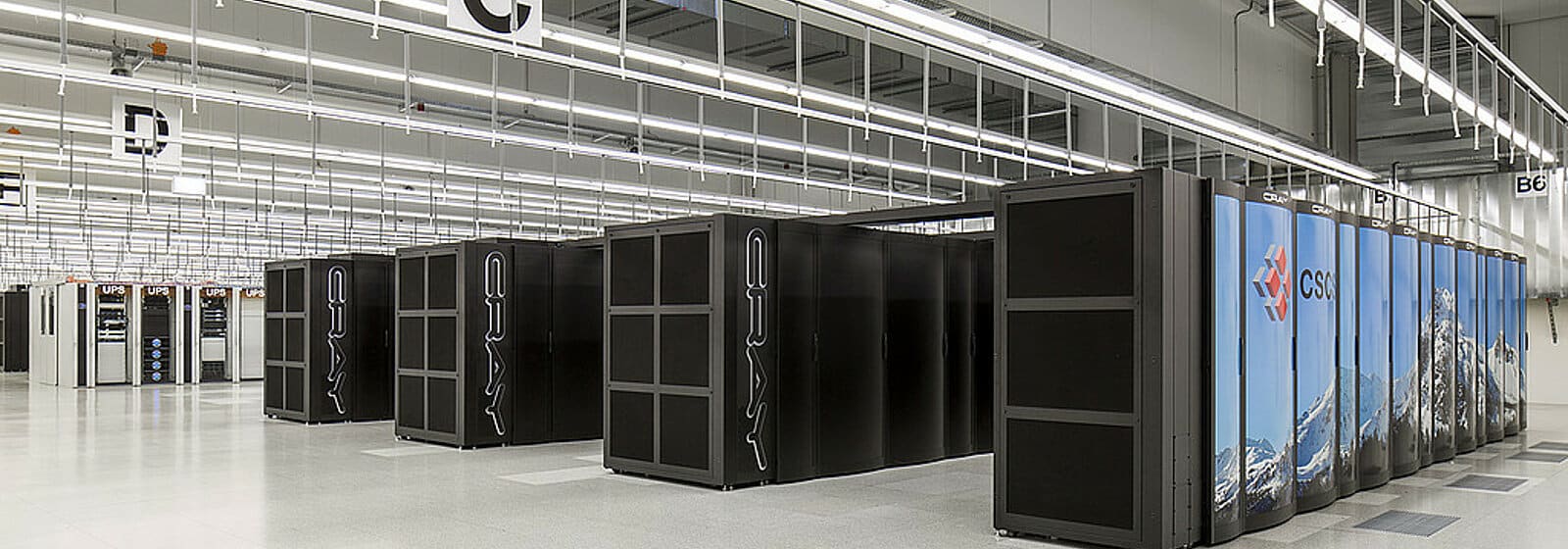The Swiss National Supercomputing Centre (CSCS) has announced the retirement of Piz Daint, one of Europe’s most iconic supercomputers, paving the way for a new era with the Alps system, which is ten times more powerful and completely silent. For over a decade, Piz Daint was not only a benchmark in high-performance computing (HPC) but also a driving force behind scientific discoveries that have marked significant milestones across various fields.
The Birth of a Revolutionary Hybrid
Piz Daint was conceived in 2012 as a multicore Cray XC30 system, but its true potential was unleashed a year later with the integration of NVIDIA K20x Graphics Processing Units (GPUs). This CPU-GPU hybrid marked a milestone in high-performance computing, becoming one of the world’s first large-scale GPU-accelerated supercomputers. In 2016, its power was further enhanced with the addition of Intel Xeon E5-2690 v3 CPUs and NVIDIA Tesla P100 GPUs, achieving a processing capacity of 27 petaflops.
Connected by the Aries system, which ensured ultra-fast communication between nodes, Piz Daint became the most powerful supercomputer in Europe and a consistent presence in the global Top 10 for several years. Its hybrid architecture allowed it to tackle complex simulations and calculations with unprecedented efficiency, paving the way for extraordinary scientific advancements.
Swiss Science, a Global Benchmark
Piz Daint was not only an impressive machine from a technical standpoint but also a key tool for research across multiple disciplines. In the fields of Earth and Environmental Sciences, it enabled high-resolution climate models, significantly improving weather forecasts and long-term projections of climate change.
In Astrophysics and Cosmology, scientists utilized its power to model the evolution of the universe, exploring everything from galaxy formation to the mysteries of dark matter. In Materials Science and Quantum Chemistry, Piz Daint contributed to the development of new materials, including semiconductors, batteries, and next-generation superconductors.
In the Life Sciences, its ability to perform advanced molecular simulations propelled biomedical research, from protein folding and drug interactions to genome sequencing. These advancements have accelerated the development of treatments for complex diseases, demonstrating the tangible impact of supercomputing on society.
The Legacy of Piz Daint
More than just a supercomputer, Piz Daint was a symbol of European excellence in high-performance computing and a testament to Switzerland’s commitment to scientific innovation. Its retirement marks the end of an era, but also the beginning of an even more promising one with Alps.
Alps, the new HPE Cray EX supercomputer at CSCS, promises not only to be ten times more powerful than its predecessor but also introduces significant improvements, such as a water-cooling system that makes it completely silent. Researchers transitioning to this new platform carry forward the lessons, methodologies, and discoveries made possible by Piz Daint.
The CSCS bids farewell to Piz Daint with gratitude for years of revolutionary science and welcomes Alps, which is set to continue and amplify this legacy. In doing so, Switzerland reaffirms its position as a leader in supercomputing and continues to open new horizons for global scientific research.

